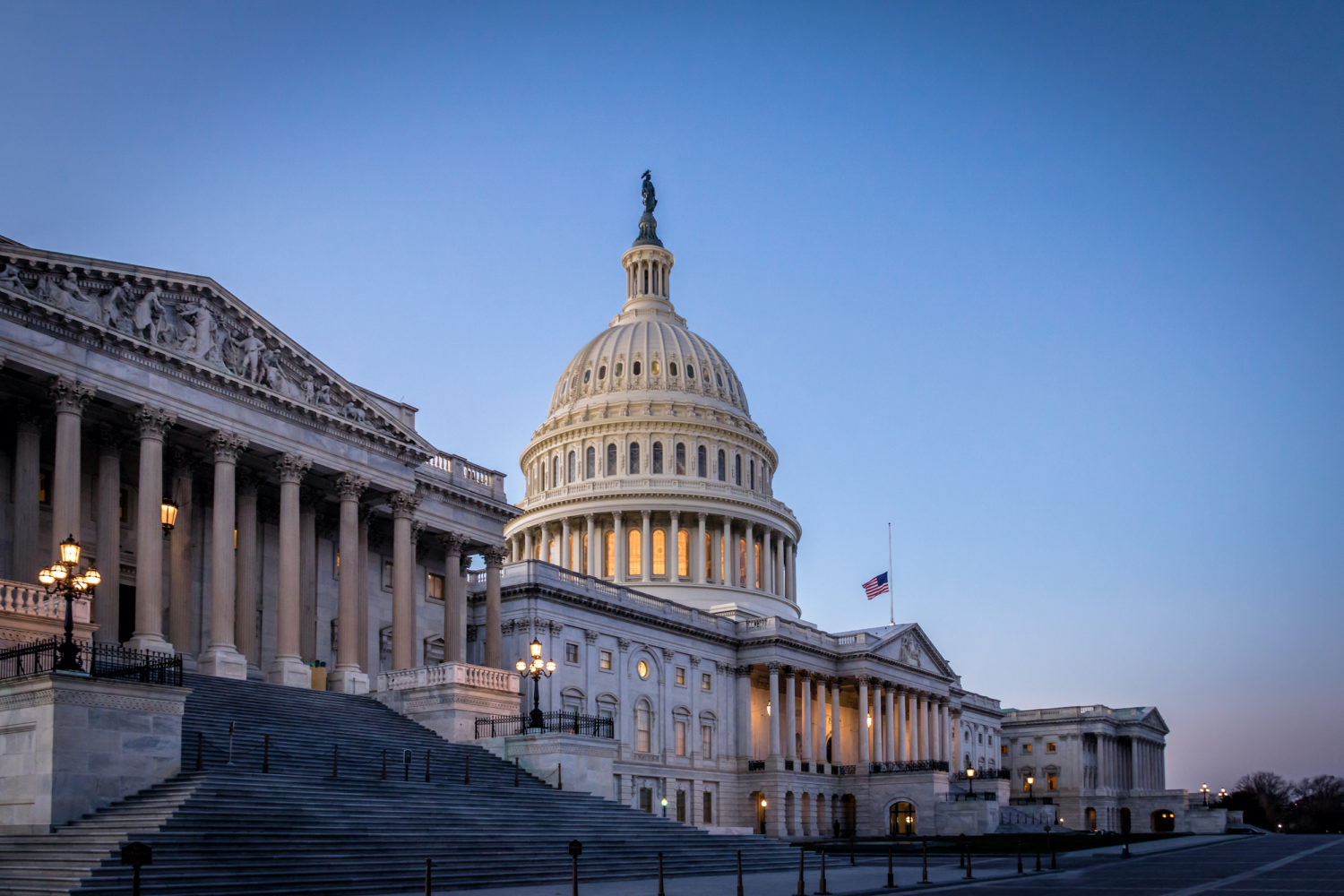This article was originally published on May 20, 2020.
There’s a funny quirk in the argument over whether the government should directly subsidize journalism: To prove their (opposing) positions, both sides invoke the Founding Fathers and the sexy concept of … postal subsidies.
The folks arguing that there should be government support for journalism say: Let’s stop being naive about this. The government has been subsidizing the media for ages. Look at how the Founding Fathers gave lower postal rates to newspapers to encourage the growth of a free press!
Those arguing against massive government intervention argue that most ideas for government help would corrupt journalism because they involve government officials dangling funds over journalists, unlike our beloved … postal subsidies.
So it’s time to ask: What was so great about the postal subsidies — and what could be a modern-day equivalent — an approach that would help journalism without corrupting it?
The founders did indeed decide to have low postal costs for newspapers — at significant cost to the government — in order to encourage the growth of a free press, which they viewed as essential to the development of democracy. There are two keys to the policy’s success.
First, it was mostly content-neutral. It lowered the postal fees for all newspapers, both scurrilous Jeffersonian rags and fulminating Federalist newspapers alike.
Second, it was formulaic, based on distance, not merit. It didn’t involve the presidentially-appointed postmaster general reviewing grant applications.
Plenty of irresponsible papers were helped. The founding generation agreed that for the greater good of a free press, everyone would tolerate that some newspapers they hated would get subsidized. The alternatives — either hyper-regulation or a lethargic press — were worse.
Is there an equivalent policy now? Some changes in the tax code would fit the bill. We could provide tax credits for hiring journalists or make it easier for the newspapers to convert to nonprofit status. In those cases, a range of companies could be helped, while the government would make no judgments about content.
But tax breaks won’t sufficiently help the nonprofit news sector, which must be an important part of the local news puzzle. Are there ways of providing cold hard cash that still passes the “postal subsidy” test?
Here’s an idea I’d like to crowd-test: a Supersized NewsMatch. Four years ago, a few foundations pooled their money to create a fund, called NewsMatch, which matched money that was raised by nonprofit newsrooms from their communities. Foundations didn’t get to say where the money went. Rather, communities voted with their dollars. The fund merely amplified the verdict.
Last year, two dozen foundations contributed, bringing the pot to just over $3 million. Each newsroom could have up to $20,000 matched with no strings attached to the dollars. NewsMatch’s nonprofit newsrooms — ranging from Mississippi Today to The Colorado Independent — raised $43 million in just the last two months of the year. Some 240,000 people gave to the organizations that participated, including 52,000 who were first-time donors.
Government funding could dramatically magnify the impact of this approach. Imagine if the match could be $200,000 instead of $20,000. It could go from being a nice-to-have gift to an important, predictable stream of revenue for nonprofit newsrooms, and one that would create incentives for news organizations to build out their membership and development programs.
The formulaic nature would help provide First Amendment protections but the governing and funding structures would need to be carefully constructed. Let’s consider an unusual approach: Congress makes a one-time lump sum payment to create an endowment. The government’s financial involvement could end with the writing of that one check, minimizing the possibility that Congress or the executive branch could use the appropriations process to coerce media organizations.
Just as the colonial era lawmakers had to decide what a “newspaper” was, the managers of the Supersized NewsMatch will have to make some tough judgment calls. The coalition that has administered NewsMatch used the standards set by the well-respected Institute for Nonprofit News. Those rules excluded newsrooms affiliated with advocacy organizations, even if they were well-regarded good government groups. I happen to agree with that line in the sand, especially as a model for government funding, but it was not without critics.
From where would the money come? The Federal Trade Commission has already fined Facebook $5 billion. Justin Hendrix, executive director of NYC Media Lab, suggests using that for local journalism. A $5 billion endowment would throw off $250 million a year, more than what the Corporation for Public Broadcasting spends on local news. Congress wouldn’t have to spend another dime.
Or you could create an automatic revenue flow from a user fee on internet advertising. By using a bespoke funding stream, as Congress did in creating the Consumer Financial Protection Bureau, the ability of the administration to punish an agency is limited.
Designing the right governance structure for the nonprofit would be crucial. Here’s one possibility. Have a broad, nonpartisan group of foundations create the fund, appointing a group of five well-regarded journalists and editors. The charter would focus on the creation of this matching program. The government, as a major one-time funder, could appoint the four people, two from each party, to help safeguard taxpayer interests.
We could certainly consider other matching formulas. What about tying it to the number of journalists or the level of need? In theory, those would be better. But that would be far more complicated to implement, requiring more subjective judgments, and therefore more opportunity for political manipulation.
To be sure, pegging the match to fundraising could have an implicit bias, potentially rewarding the news organizations that already have robust fundraising operations. NewsMatch combats this bias by providing more than 500 hours of training and toolkits to help new newsrooms run effective end-of-year campaigns. That’s a secondary benefit from this model, the subsidy supports community outreach and engagement, forcing newsrooms to learn to fish.
A Supersized NewsMatch would also enable a better division of labor with foundations. Right now, foundations have to provide both startup and growth capital for local nonprofits. Under this system, the foundations could focus on funding poorer news operations, identifying innovative startups, helping communities of color and helping existing organizations develop the fundraising capacity and other earned revenue streams.
The debate about whether to fund local media needs to move beyond the theoretical to the practical. So it’s time to break rocks and think about how this could happen. This one is relatively simple to administer and could dramatically help local, nonprofit media.







